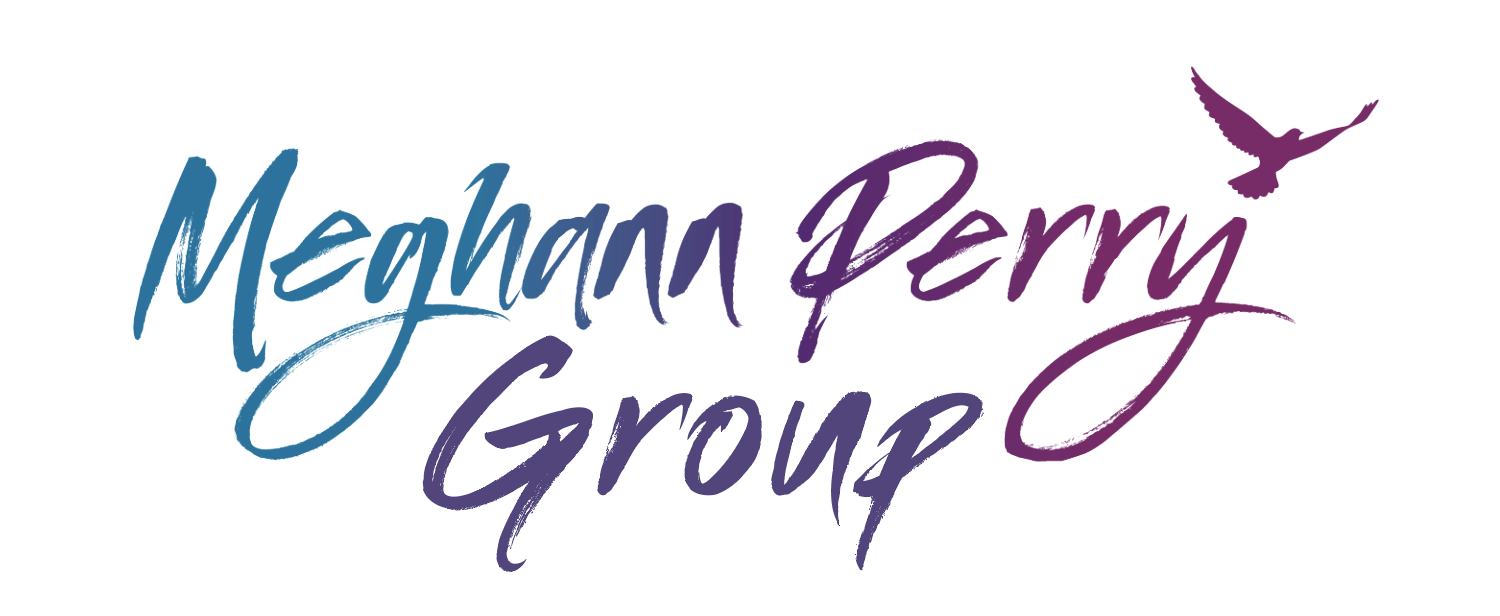Our Why
The Meghann Perry Group is revolutionizing how we think about, conduct, support and educate others about recovery so we can live in a world where no one dies from addiction.
The Problem in Plain Sight
Drug and Alcohol Related Deaths
There have been over 1 million drug and alcohol overdose deaths between 1999 and 2020.1
In 2022, approximately 110,000 drug overdose deaths occurred in the US. 2
Alcohol kills more than 140,000 people a year, making it the fourth-leading preventable cause of death in the US (after tobacco, poor diet & physical inactivity, and illegal drugs). 3
People of Color and Young People
Between 2015 and 2020:
No group saw a bigger increase than Black people in overdose death rates, which more than tripled.
Black men were 22% more likely to die of a drug overdose than White men.
Overdose death rates among Black women rose 144%, far outpacing every other racial or ethnic group.
Native American people, whose overdose death rates almost doubled, were 26% more likely to die than White people. 4
14 % percent of young adults aged 18 to 25 have both substance misuse and mental illness. 5
Worldwide overdose & drug-related deaths are highest in the United States.
Overdose or drug-related death rate per 1 million population (unadjusted) 2020 or latest year available.

International Approaches Can Help Guide U.S. Reforms
There are clear policy differences between the United States and the many peer countries with fewer overdose deaths. The United States incarcerates people at a much higher rate than peer countries, with disproportionate impact on people of color. Portugal, the country with the lowest drug-related deaths, decriminalized the personal use of illicit drugs in 2001 and instead uses local healthcare commissions. 6
The Revolution in Recovery Has Begun
Of the 27.5 million U.S. citizens challenged by substance misuse, nearly 75%, or 20.5 million, report living in recovery.7
Drug overdose rates are slowing down. From 2019 to 2020 overdose rates increased by approximately 30%. In 2020 to 2021 overdose rates rose only by half, or 15%. 8
SAMHSA supported 743 community primary prevention grants in 2021 totaling over $182 million, including grants to Tribes and local community substance use prevention coalitions. 9
2021
Major Milestone
For the first time, United States federal drug policy prioritizes individual wellbeing. By shifting focus to reducing drug demand, rather than limiting supply, the US is adopting solutions in line with contemporary understandings of recovery.
2021 Demand Reduction: $20,787 mm.
2021 Supply Reduction: $17,636 mm. 11
Sources:
- National Center for Drug Abuse Statistics, 2023
- Center for Disease Control (CDC),2021
- National Institutes of Health (NIH), 2020
- PEW Research, 2022, CDC, 2022
- Substance Abuse and Mental Health Services, U.S. Department of Health and Human Services (HHS), 2020
- The Commonwealth Fund, 2022
- Recovery Research Institute, 2020
- Center for Disease Control, 2022,
- Dr. Rahul Gupta, Director of the White House Office of National Drug Control Policy, CDC’s New Overdose Death Data, January 11, 2023
- Substance Abuse and Mental Health Services Administration (SAMHSA), 2021
- Office of National Drug Control Policy
Recovery is all around us.
We always have something new going on. Reach out to connect with us, ask a question, or sign up for the Revolution Recovery Newsletter to stay up-to-date.
